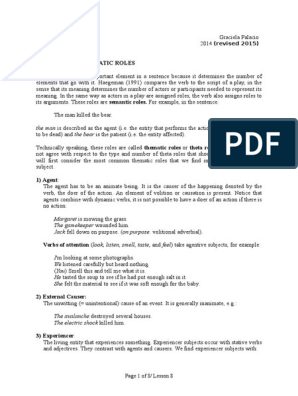0% found this document useful (0 votes)
181 views6 pagesA Method of Analysis and Some Examples (PRINT)
This document provides a checklist of linguistic and stylistic categories for analyzing the style of a prose text. It covers lexical categories like word choice, grammatical categories like sentence structure, figures of speech, and aspects of context and cohesion. The checklist is intended as a heuristic tool to guide identification of features that reveal an author's artistic choices with language. Close analysis of a text using this checklist can uncover how linguistic details work together to create an overall artistic effect.
Uploaded by
Niken SoenaryoCopyright
© © All Rights Reserved
We take content rights seriously. If you suspect this is your content, claim it here.
Available Formats
Download as DOCX, PDF, TXT or read online on Scribd
0% found this document useful (0 votes)
181 views6 pagesA Method of Analysis and Some Examples (PRINT)
This document provides a checklist of linguistic and stylistic categories for analyzing the style of a prose text. It covers lexical categories like word choice, grammatical categories like sentence structure, figures of speech, and aspects of context and cohesion. The checklist is intended as a heuristic tool to guide identification of features that reveal an author's artistic choices with language. Close analysis of a text using this checklist can uncover how linguistic details work together to create an overall artistic effect.
Uploaded by
Niken SoenaryoCopyright
© © All Rights Reserved
We take content rights seriously. If you suspect this is your content, claim it here.
Available Formats
Download as DOCX, PDF, TXT or read online on Scribd
/ 6

























































































